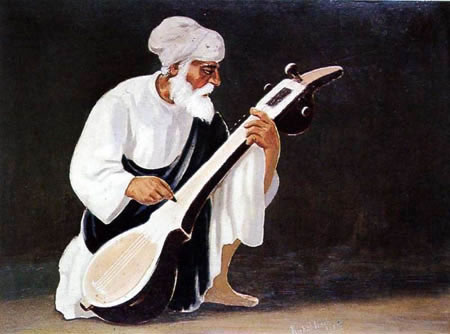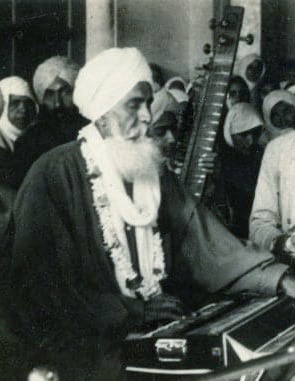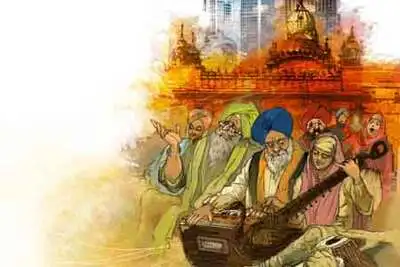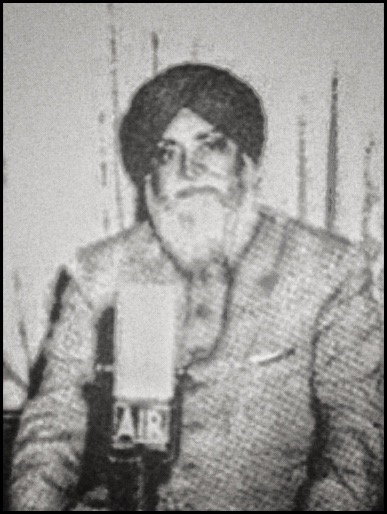DEVI DAS was, according to Bhai Santokh Singh, Sri Gur Pratap Suraj Granth, a devout Sikh of the time of Guru Hargobind (1595-1644), trained in martial skills. He took part in the battle of Amritsar (1629) in which the Sikhs worsted the attacking Mughal force led by Mukhlis Khan, the faujdar of Lahore. DEV GANDHARI. See SIKH DEVOTIONAL MUSIC
DULEY, village in Ludhiana district, 17 km southwest from the city (30° 54`N, 75° 52`E), claims a historical shrine called Gurdwara Phalahi Sahib Patshahi 10. Guru Gobind Singh halted here awhile under a phalahi tree, while travelling from Alamgir toJodhari at the close of 1705. An imposing new gurdwara building, a large rectangular hall, has been completed recently. There is a basement below the prakash asthan representing the site of the original building, and above it is a room topped by a highdomed pavilion. Four more doublestoreyed domed pavilions surround the central pavilion.
- 1
- 2











